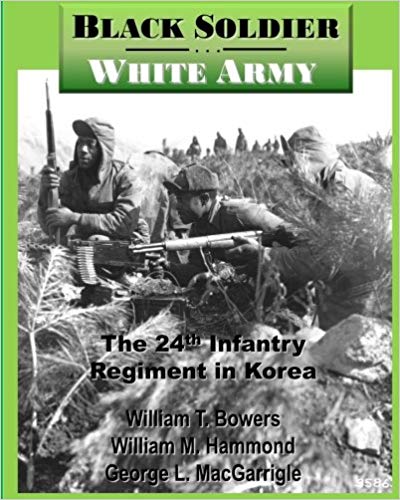In late September 1950, two months after the beginning of the Korean War, the commander of the 25th Infantry Division, Maj. Gen. William B. Kean, requested that the Eighth Army disband the all-black 24th Infantry Regiment because it had shown itself “untrustworthy and incapable of carrying out missions expected of an infantry regiment.” Thus began a controversy that has continued to this day. Critics of the racially segregated regiment have charged that the 24th was a dismal failure in combat. The African American veterans of the organization and others have responded that the unit did far better than its antagonists would concede and that its main problem was the racial prejudice endemic to the Army of that day. Military historians have tended to cite the lack of training and preparation afflicting all of the U.S. Army units entering combat during the early weeks of the Korean War and the inability of senior commanders to remedy deficiencies of leadership in the 24th within a reasonable period of time. For a while, with the integration of the armed forces, the talk on all sides subsided, but when the U.S. Army’s official history of the Korean War, South to the Naktong, North to the Yalu, authored by Roy E. Appleman, appeared in 1961, it reignited the controversy by publicizing the background of Kean’s charges. During the late 1970s, as a result, a number of individuals began an effort to persuade the Army to revise its history to reflect a more balanced view of the regiment. In 1987 Secretary of the Army John O. Marsh, Jr., directed that the U.S. Army Center of Military History undertake a definitive evaluation of the 24th’s role in the Korean War. If the regiment’s performance was commendable, the record could be amended. But if its service was less than successful, the reasons behind its shortcomings ought to be examined for the lessons they might convey to the soldier of today.
314 pages





